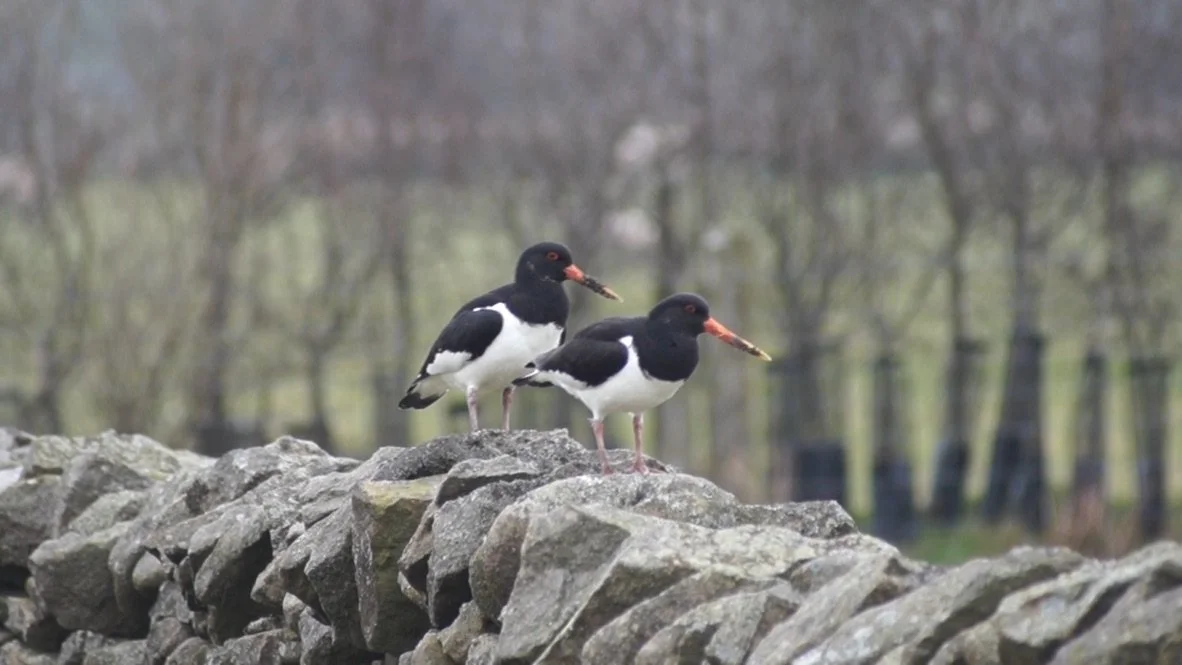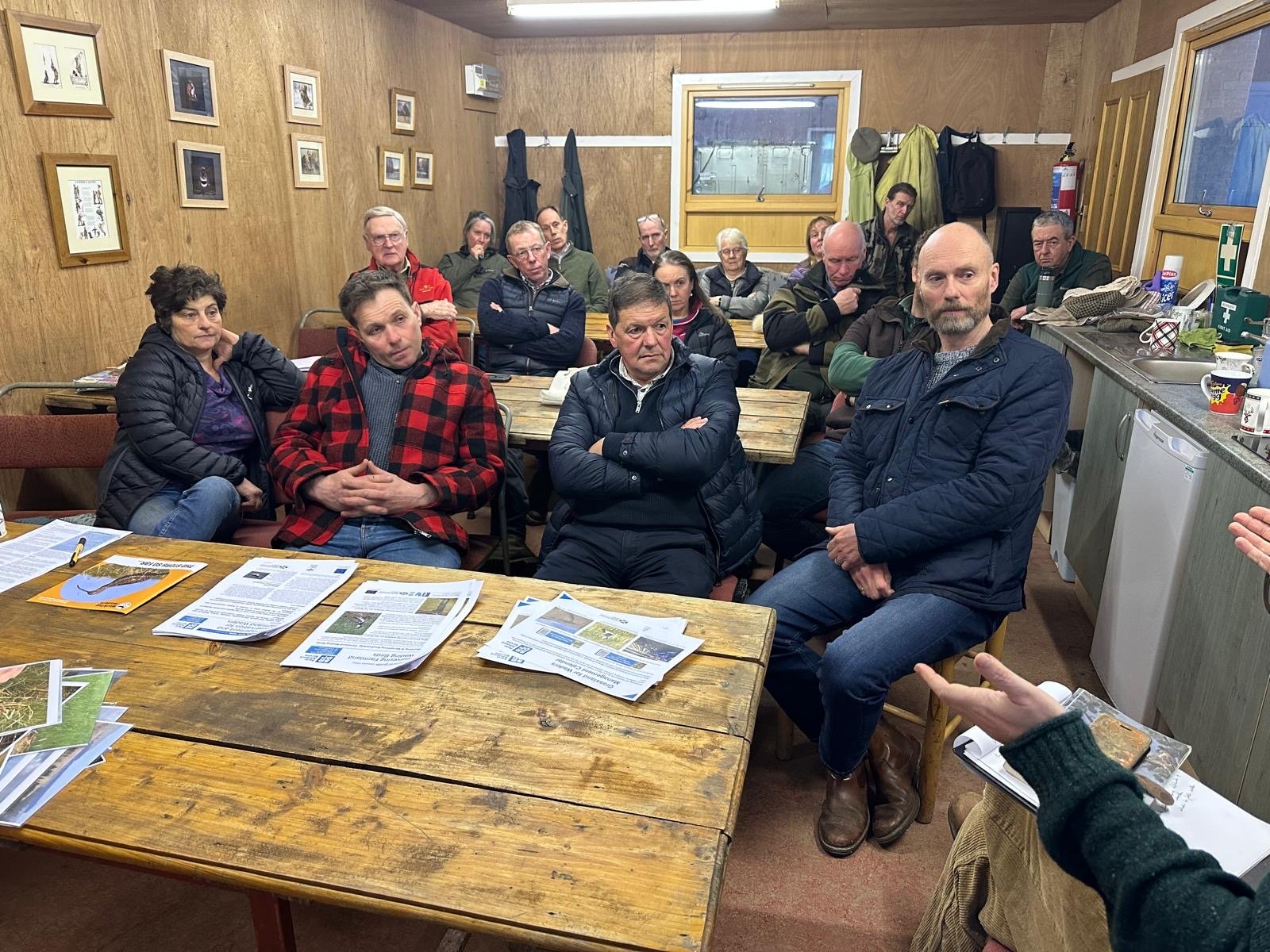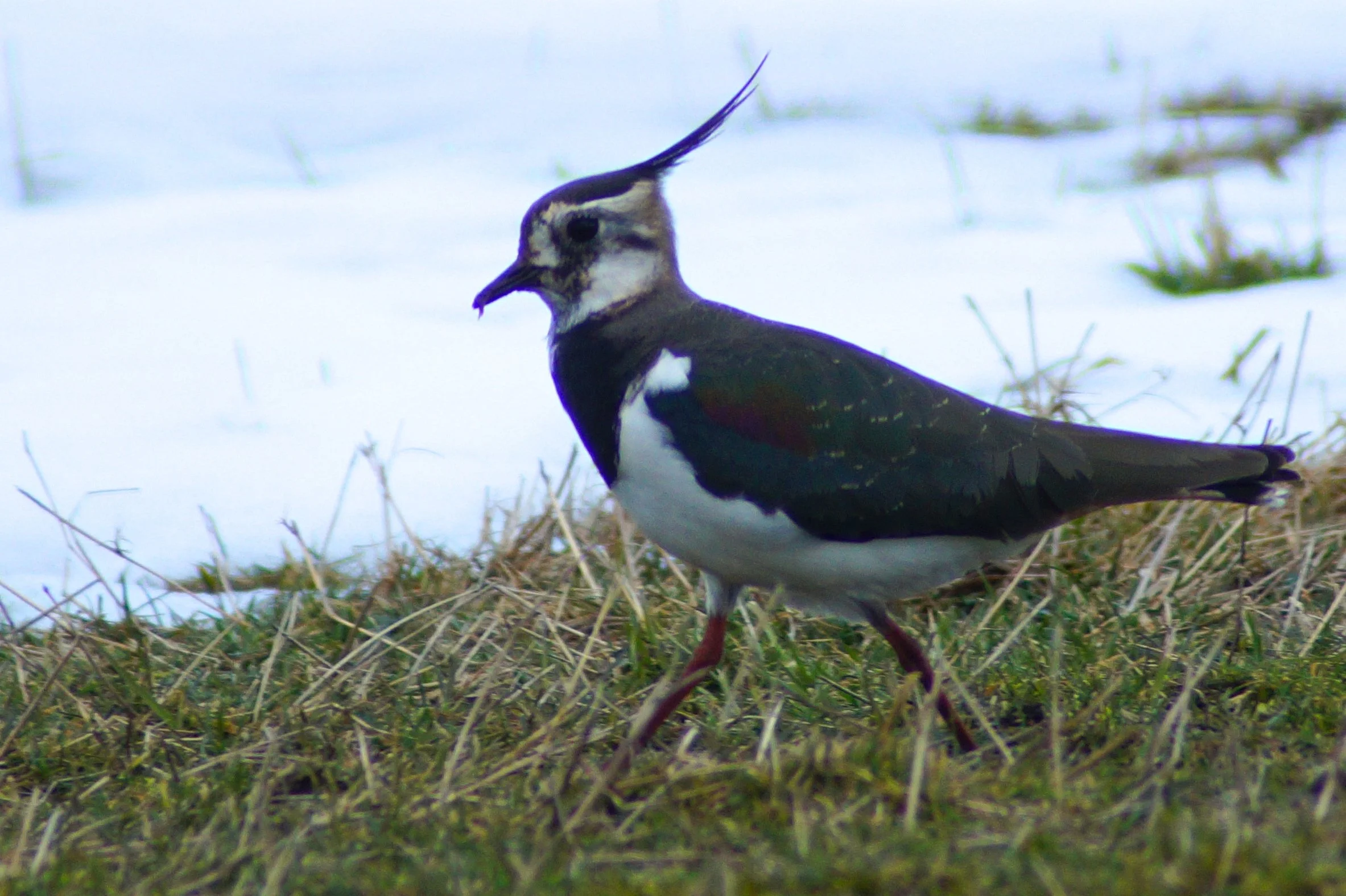Waders are facing serious challenges in Scotland. A few decades ago, walking through the countryside meant hearing the unmistakable calls of curlew, lapwing, and oystercatcher, but these iconic birds have been steadily disappearing from fields…
Read MoreWorking for Waders contributed data to a major review of nest camera studies which has just been published in the international journal, Ibis. The Working for Waders data were from our Nest Camera Project, which has run since 2022, in which we loan cameras to interested land managers who are keen to find out the fate of wader nests on…
Read MoreThis has been a hot, dry summer for much of the period, no doubt with further meteorological records broken as climate change continues to change our weather patterns, but has this impacted our breeding waders?…
Read MoreEarlier this month I was able to escape the office for what is becoming my annual trip to the Angus Glens, to spend some time with Bruce Cooper, facilitator for the West Angus Wader Community project. It was one of the first cooler days in Angus after the hot, dry weather we’d experienced for weeks previously, and the ground was dry and dusty, but the sun was shining…
Read MoreThroughout “Wader Week” 2025, I’d like to celebrate the work of a group of Angus farmers who are pulling together in order to reverse the decline of wading bird populations in their area.
Read MoreOne of the most important lessons from forty years of science on UK wader declines is that scale matters a great deal: excellent management at a field or farm level is unlikely to make much difference when it occurs within an area where land use at a large scale is not…
Read MoreI’ve been supporting colleagues and other organisations recently to complete an agreed draft for a Curlew Species Action Plan. There is genuine relief to have got this collaborative work over the line and ready for deployment. It identifies the key challenges we know that we need to address…
Read MoreWhen Working for Waders was first established in 2017, the initiative relied upon a balance of compromise between research and practitioner knowledge. Throughout projects which preceded Working for Waders, farmers and gamekeepers had shown that their observations of wildlife were…
Read MoreGlobally wildlife is in crisis, from tigers to turtles, wildlife populations from vastly different environments and areas are disappearing fast; with habitat loss, climate change and disrupted ecosystems all driving declines. The UK is no exception with 173 of 235 assessed species (73.6%) now classified as Amber or Red on the UK’s Birds of Conservation Concern List…
Read MoreAt Working for Waders, we recognise the significance of predators as one of several drivers of wader decline. The picture is complex and it varies across the country, but it’s clear that predation is often the mechanism which prevents wading birds from breeding and producing youngsters successfully…
Read MoreAs part of a series of events to share knowledge and exchange ideas on wader conservation, we’ve been on the road over the last few weeks, travelling from Renfrewshire to Angus, Morayshire and the Borders…
Read MoreAs the first waders return to their breeding grounds, we’re looking forward to the 2025 wader breeding season with six events for farmers and land managers across Scotland, focussing specifically upon habitat management and predator control.
Read MoreWorking for Waders launched the Nest Camera project in 2022. This aimed to see if land managers would be willing to look after small trail cameras which were set up to monitor wader nests, so that we might gather valuable information on the success rate of these breeding attempts and what causes them to fail…
Read MoreReaders of this blog will be well aware of the importance of predation on wader eggs and chicks in driving the recent decline in the number of curlew, lapwing and many other waders in Scotland. The high numbers of predators like foxes and crows, plus increasing numbers...
Read MoreThe Working for Waders and BTO Wader Calendar is a simple means of recording the number of waders in an area across the breeding season. I took part in this project for the first time this year. I’m not a farmer but kept an eye on a small patch of land…
Read MoreBruce is a long-standing partner in Working for Waders and has followed the fortunes of waders in west Angus for, dare I say, a few decades now, firstly as a trainee gamekeeper (and latterly as an estate manager) and now as specialist land-use consultant and facilitator of the Working for Waders West Angus Wader Project…
Read MoreWe know that waders are doing badly because they’re unable to rear enough chicks each year. That much is understood from a number of scientific studies, and it points to the fact that predation and disturbance during the breeding season are key drivers of decline.
Read MoreWaders really are incredible. Of course, I may be biased: you don’t get involved with Working for Waders (WfW) unless you are passionate about these birds, but I do find them endlessly intriguing. As a group they have a diverse array of lifestyles, including a variety of breeding systems (more on this in another blog), and are found in open habitats all round the world…
Read MoreThere are lots of simple narratives about the decline of wading birds. Some people blame farmers or foresters - other people blame badgers or ramblers who walk their dogs off leads during the breeding season…
Read MoreIt is that exciting time of year again when the waders have (mostly) returned to their breeding grounds and are displaying and hopefully producing their first clutches. I hope that those of you lucky enough to see this increasingly rare sight are enjoying it…
Read More




















